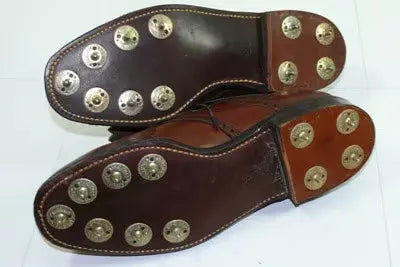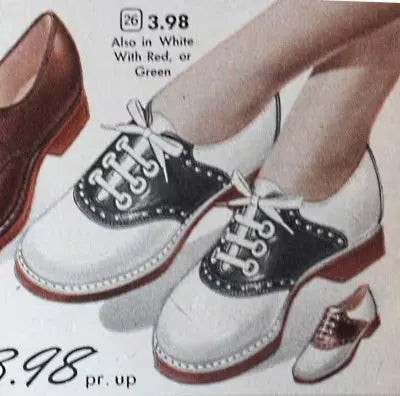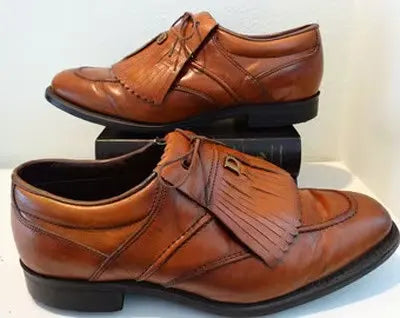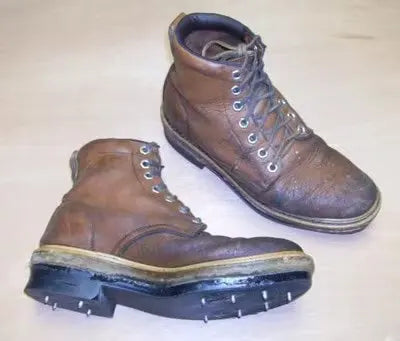
History
Golf shoes date back to about 150 years ago and used to be a typical pair of shoes that had small nails pushed through the sole to aid with traction. Not only were they uncomfortable and golfers took the risk of injuring themselves if the nail pushed back into their foot, not to mention what they did to the golf course. So it was in 1891 when the first golf shoes were introduced with spikes that you could screw in. However, once everyone adopted these new golf shoes, greenskeepers around the world, instantly complained as the new spikes were really tearing up the greens. Eventually many golf courses and clubs banned these new spiked golf shoes.

Spikless Revolution
So now where does that take us? Spikeless Golf Shoes. It was sometime in 2010, golfers such as Fred Couples was seen wearing a pair of spikeless shoes in the Master’s Tournament. Spikeless golf shoes for men then took the golf world by storm, Men's and Women's FootJoy FJ Fuel were an instant hit. Adidas also has had a line of Solarthon spikeless golf shoes, and FJ has more spikeless options now that you can think of. Some spikeless shoes today provide just as much traction on the golf course and many golfers even prefer them as you can wear them on and off the golf course. Not to mention they’re often more lightweight than traditional spiked golf shoes.
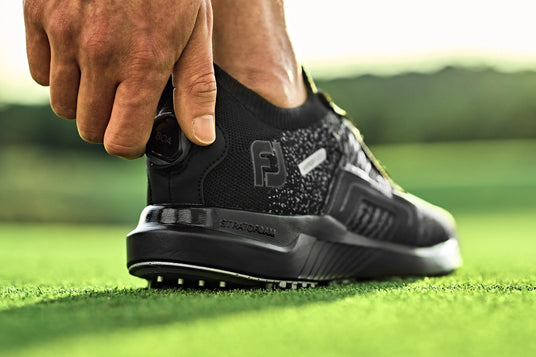
BOA Technology
It doesn't stop there. Next up was the BOA lacing system introduced by numerous brands (FootJoy, Adidas, Ecco, New Balance and more) for golfers to get the perfect, custom fit every time they "lace up". FJ introduced the BOA Lacing System in FootJoy BOA golf shoes several years ago. This technology was originally used in ski boots and snowboarding but made it’s it way into golf and many companies followed suit such as Adidas, Nike, and Puma. FootJoy is the only company allowed to put the BOA on the heal, they have patent on the location, but Adidas and Nike have placed it on the tongue and top-side of the shoe because of its increasing popularity. Footjoy places their BOA lacing on almost all models of golf shoes now including their high-end FootJoy Premiere Series Packard Golf Shoes. About 20% of the North American market is now wearing BOA golf shoes. However in other markets overseas, the BOA Lacing System in golf shoes takes up about 80% of all golf shoes worn.

